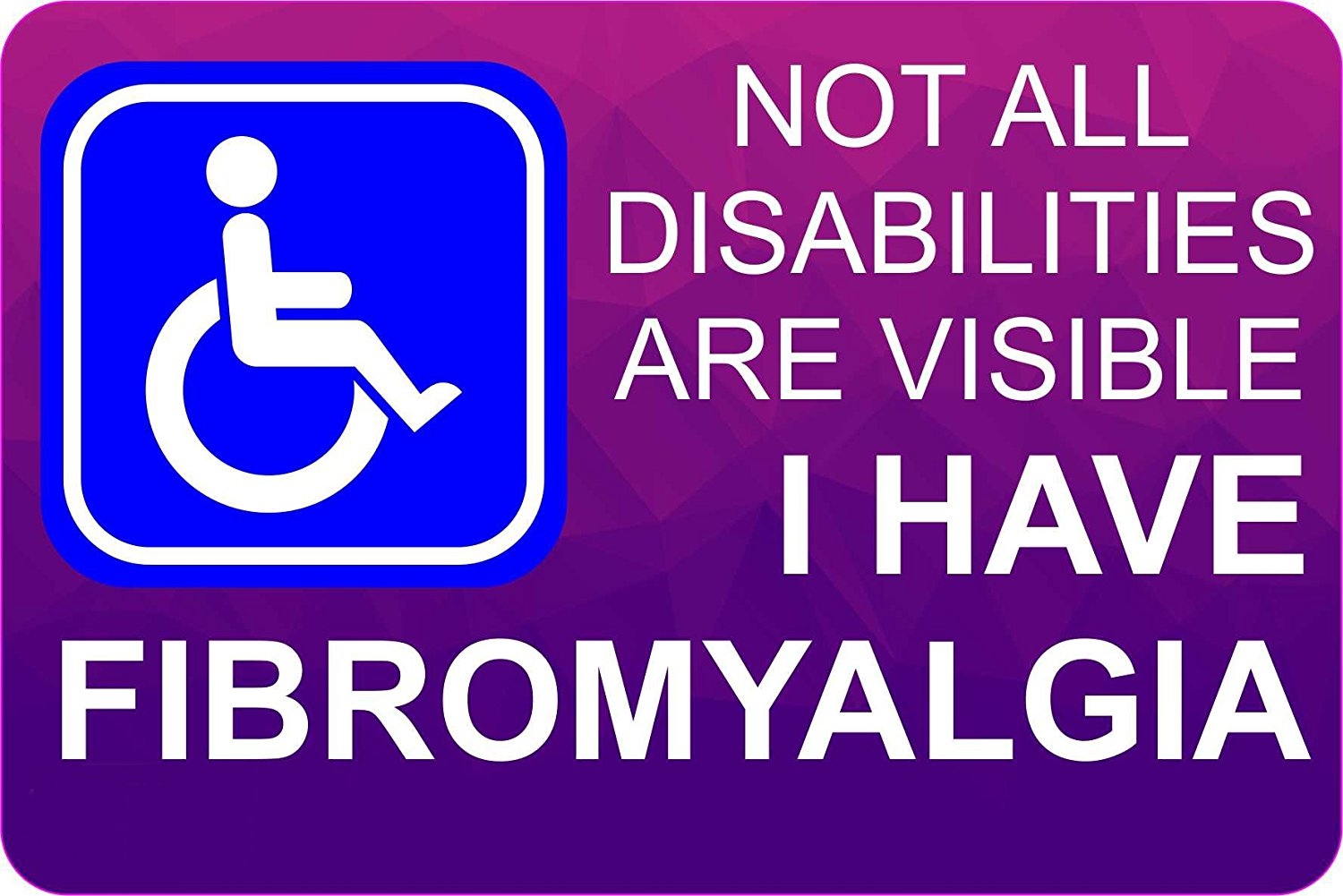Weather plays a significant role in fibromyalgia
Fibromyalgia is a condition that causes many symptoms, the most prominent of which are widespread pain and fatigue. Most sufferers of fibromyalgia report that the weather plays a significant role in how they feel. Certain climates can spur increased muscle pain, headaches and, in some fibromyalgia patients, even depression.
When looking for the best climate, there are certain weather elements to look for and others to avoid. The weather is one factor that could affect fibromyalgia symptoms in patients. Certain climates are said to spur increased pain in the muscles, head and in some fibromyalgia patients, depression. When it comes to the best climate for fibromyalgia patients, there are certain elements to consider.
Effect of change in weather on pain
Changes in weather showed a significant but small effect on pain or fatigue symptoms for 10 percent of cases. Significant, small differences between patients’ responses to weather also were found in 20 percent of cases. The researchers said differences among the women’s response to weather conditions did not appear linked to functional or mental health status, demographics or seasonal or weather-related variations.
In the United States, 5 million people have fibromyalgia, many more of them women than men. Although the cause of this chronic pain syndrome is unclear, previous studies have suggested some people with fibromyalgia are more sensitive to certain stimuli. Up to 92 percent of people with this condition report a worsening of symptoms because of weather conditions.
Barometric Pressure
For someone with fibromyalgia, sometimes it’s not the actual climate that makes such a difference as trying to adjust to one that is not consistent. Changes in the barometer, brought on by precipitation, can trigger symptoms. The combination of humidity and barometric pressure makes someone with fibromyalgia feel worse when it is going to rain or snow before the precipitation actually occurs. There are certain locales–Florida in the summer where it rains almost every day comes to mind–that can increase fibromyalgia pain and discomfort.
A damp climate can also make the symptoms of fibromyalgia worse
A damp climate can also make the symptoms of fibromyalgia worse. A combination of damp and cold climate is therefore a difficult climate for those suffering from the pain condition. Someone who has fibromyalgia should avoid places like Alaska, or in the Midwest, where the weather is often cold due to the fact that the place gets a lot of snow during the cold winter.
Humid climates, such as the Southern United States can also trigger more pain and other fibromyalgia symptoms as well. The moisture in the air can lead to pain in the muscles. In contrast, dryness is much more tolerable.
Fibromyalgia Disability Car bumper sticker: Lets put this sticker on your car and spread the fibromyalgia awareness. As many people out there don’t consider our illness as being disable, because they don’t know it. – Click Here to get Yours Fibromyalgia Disability Sticker for you Car
Click Here to visit the store for More Products
How Temperature Affects Musculoskeletal Disorders
A lot of those who have musculoskeletal disorders have found that temperature makes a huge difference in how they feel, similarly, people with fibromyalgia are no different. Fibromyalgia pain and symptoms have been found to be worsening by cold weather. On the other hand, a climate where temperature remains warmer is better for those suffering from this pain condition.
Humidity
Humid climates, like that of the Southern United States, can cause more pain and bring on other symptoms for a fibromyalgia sufferer. The moisture in the air can equate to more pain in muscles, while dryness is more tolerable. Click Here to read the humidity affects on fibromyalgia
Best Climate for Fibromyalgia
A consistent dry and warm climate is perhaps, the best climate for fibromyalgia. The southwestern part of the United States, such as New Mexico and Arizona, would fit in the ideal weather pattern for fibromyalgia. The weather in these places has fewer fluctuations and is less likely to turn cold.
Changes in the barometer
Sometimes, it is not the actual climate that makes a difference in fibromyalgia patients. It is the patient’s ability to adjust to the climate that affects how the patient feels. Changes in the barometer that is brought on by precipitation can also trigger fibro symptoms.
The combination of humidity as well as the barometric pressure can make a fibromyalgia sufferer feel worse than when it is about to snow or rain before the actual precipitation will occur. Certain places, such as the state of Florida, which tend to rain almost every day, can increase the feeling of pain and discomfort among those with fibromyalgia.
Analysis report
In the latest report, published this month in the journal Arthritis Care & Research, Dutch researchers followed 333 middle-aged women who had fibromyalgia, looking for relationships between environmental conditions and their levels of pain and fatigue.
Over the course of a month, the researchers monitored humidity levels, atmospheric pressure, precipitation, temperature and sunshine duration, using data from a meteorological institute. In some cases, they did find that weather variables had “significant but small” effects on pain and fatigue. But for the most part, they concluded, there was “more evidence against than in support of a uniform influence of weather on daily pain and fatigue.”
Related Article:
Lets wear this Fibromyalgia awareness shirt, you can get it from here

